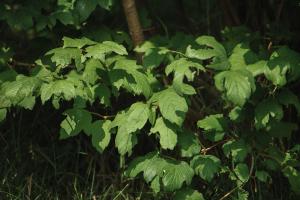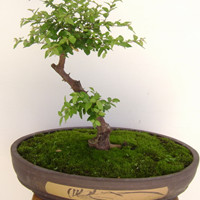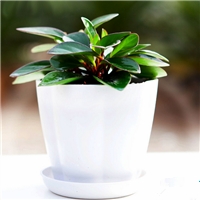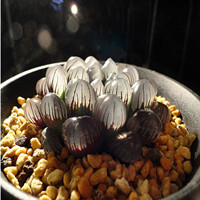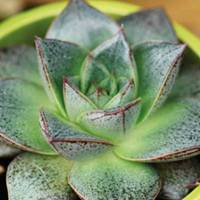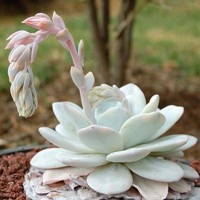Introduction
Planting a weeping willow tree is a great addition to any garden or backyard. These graceful trees are known for their elegant branches that cascade down towards the ground, creating a stunning visual effect. If you're wondering how to plant a weeping willow tree, don't worry. It's an easy process that anyone can do with the right guidance. In this article, we'll guide you through the steps needed to plant a weeping willow tree successfully.
Choosing the Right Site
The first step to planting a weeping willow tree is to find the right site. These trees need plenty of sunlight, so you'll want to choose a spot that gets at least six hours of direct sunlight every day. They also need plenty of water, so make sure the site is near a water source or has good drainage. Weeping willow trees grow best in soil that is slightly acidic and well-drained, so check the pH level of your soil before selecting a site. If needed, amend the soil to lower its pH level.
Preparing the Soil
Next, you'll want to prepare the soil. Dig a hole that is twice the size of the root ball of your tree. Remove any rocks or debris from the soil, and mix in compost or peat moss to improve drainage and add nutrients. Once the hole is prepared, it's time to plant your weeping willow tree.
Planting Your Weeping Willow Tree
Place the root ball of your tree into the hole, making sure that it's level with the ground. Fill the hole with soil, and gently pack it down to remove any air pockets. Water the tree thoroughly, making sure that the soil around the base is moist. Add a layer of mulch or straw around the tree to help retain moisture and prevent weeds from growing.
Caring for Your Weeping Willow Tree
After planting your weeping willow tree, it's essential to care for it properly. These trees need plenty of water, so make sure to water your tree regularly, especially during dry spells. Weeping willow trees also benefit from fertilization. Apply a slow-release fertilizer to your tree in the spring and fall to help it grow strong and healthy.
Pruning is also essential for maintaining the health and beauty of your weeping willow tree. Prune any dead, damaged, or diseased branches, and remove any suckers that grow from the base of the tree. Prune your weeping willow tree in late winter or early spring to avoid damaging the tree. And finally, watch for pests and diseases. Weeping willow trees are susceptible to various pests and diseases, so keep an eye out for any signs of trouble and take immediate action if necessary.
Conclusion
Planting a weeping willow tree is a relatively easy process, but it requires some planning and care to ensure success. By selecting the right site, preparing the soil, planting your tree properly, and caring for it correctly, you can enjoy the beauty and elegance of a weeping willow tree in your yard for many years to come.

 how many times do yo...
how many times do yo... how many planted tre...
how many planted tre...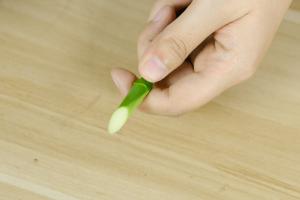 how many pine trees ...
how many pine trees ... how many pecan trees...
how many pecan trees... how many plants comp...
how many plants comp... how many plants can ...
how many plants can ... how many plants and ...
how many plants and ... how many pepper plan...
how many pepper plan...